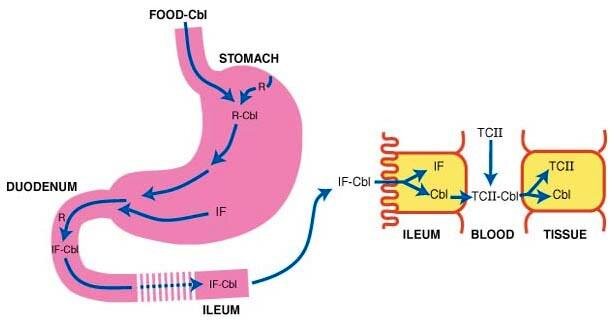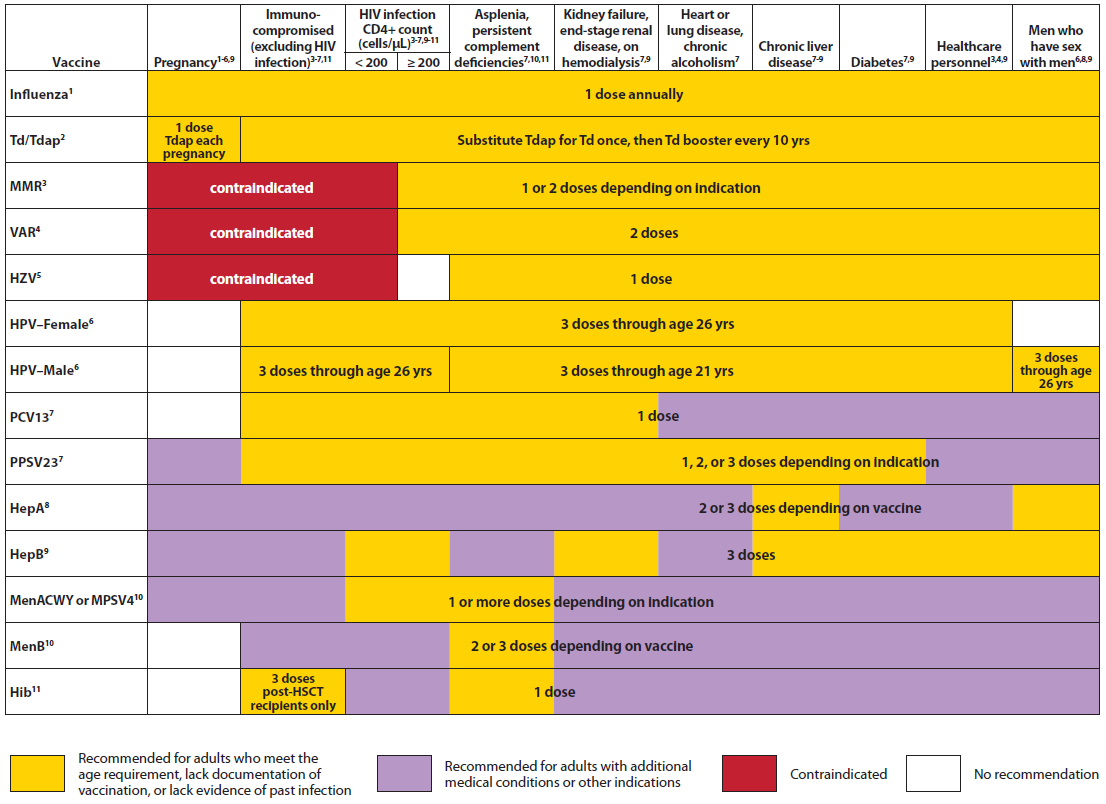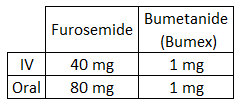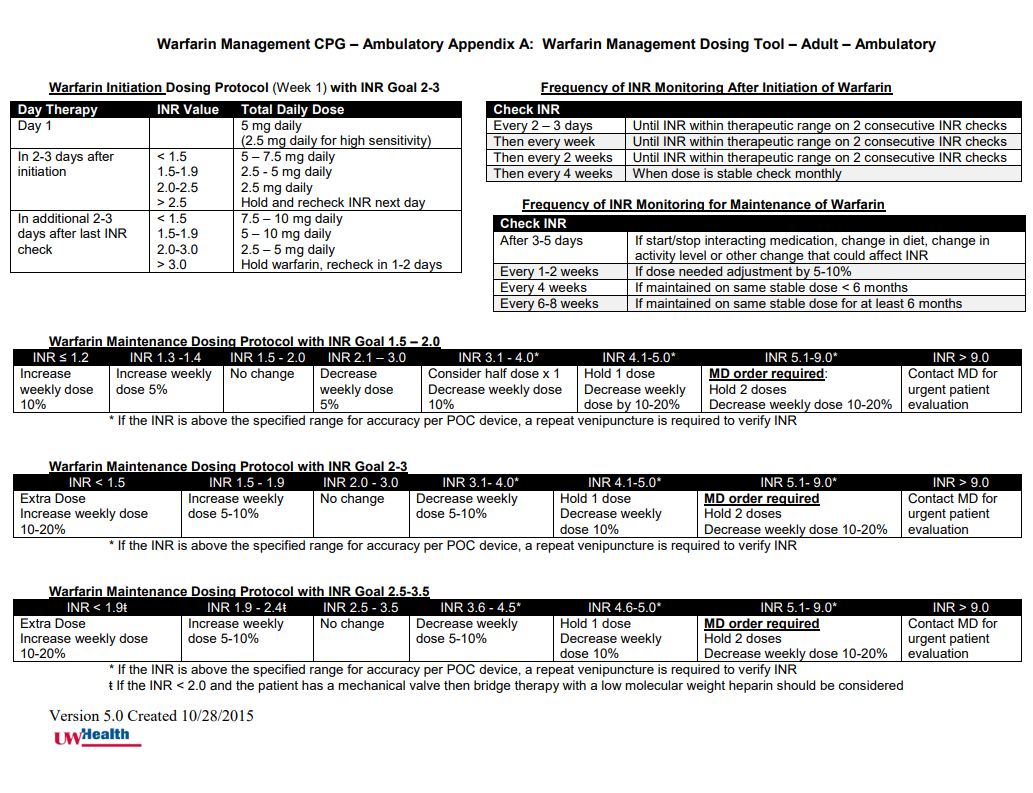Diabetes Mellitus Pharmacotherapy
HbA1c and Corresponding Average Glucose
5.1% (100 mg/dL), 5.8 (120), 6.5 (140), 7.2 (160), 7.9 (180), 8.6 (200)
Non-Insulin Agents
Lower A1c at most by 1% each. High-efficacy unless otherwise noted. See Management of Blood Glucose in Type 2 Diabetes Mellitus for more information.
Metformin
Mechanism: Biguanide that primarily inhibits glucose production by liver
Safe if GFR > 30 and Cr 1.5 or less
Reduces mortality rates and may reduce risk of cardiovascular events/death
Promotes weight loss as compared to thiazolidinediones and sulfonylureas
Continue even if patient is started on insulin
Weight loss and decreased cardiovascular morbidity/mortality
SGLT-2 inhibitors: Flozins, e.g. empagliflozin
GLP-1 receptor agonists: Glutides, e.g. liraglutide
Weight neutral: DPP-4 inhibitors: Gliptins, e.g. sitagliptin
Weight gain: Low cost medications
Thiazolidinediones
Mechanism: Improve peripheral insulin sensitivity
Glitazones, e.g. pioglitazone
High efficacy, low risk for hypoglycemia
Pioglitazone reduces non-fatal acute MI, stroke, and all-cause mortality
Black box warning: Increases fluid retention and may exacerbate heart failure; contraindicated in NYHA classes III and IV
Sulfonylurea
Mechanism: Stimulate insulin secretion from pancreatic beta cells
E.g glipizide and “irides”
Risk for hypoglycemia, especially when combined with other agents
Agents shown to reduce major adverse cardiovascular events/mortality
Insulin
Insulin Pharmacokinetics
Basal: Physiologic rate of basal insulin production in a non-diabetic patient = 24 units/hour
Glargine: Onset 2 hours, no peak, duration 20-24 hours
Detemir: Onset 2 hours, peak 3-9 hours, duration 6-24 hours
NPH: Onset 2 hours, peak 4-12 hours, duration 12 hours
Rapid acting analogs
Switching Basal Insulin to NPH
Rapid Acting Insulin Calculations




















![Kassim NA. The new, direct, target-specific oral anticoagulants. J Appl Hematol [serial online] 2015 [cited 2020 Jun 8];6:141-7. Available from: http://www.jahjournal.org/text.asp?2015/6/4/141/171993](https://images.squarespace-cdn.com/content/v1/5acb26595ffd203815e5314f/1591604322354-WG9Y19VVAA1HOJYO6W4G/Oral+Anticoagulants+JApplHematol.jpg)







